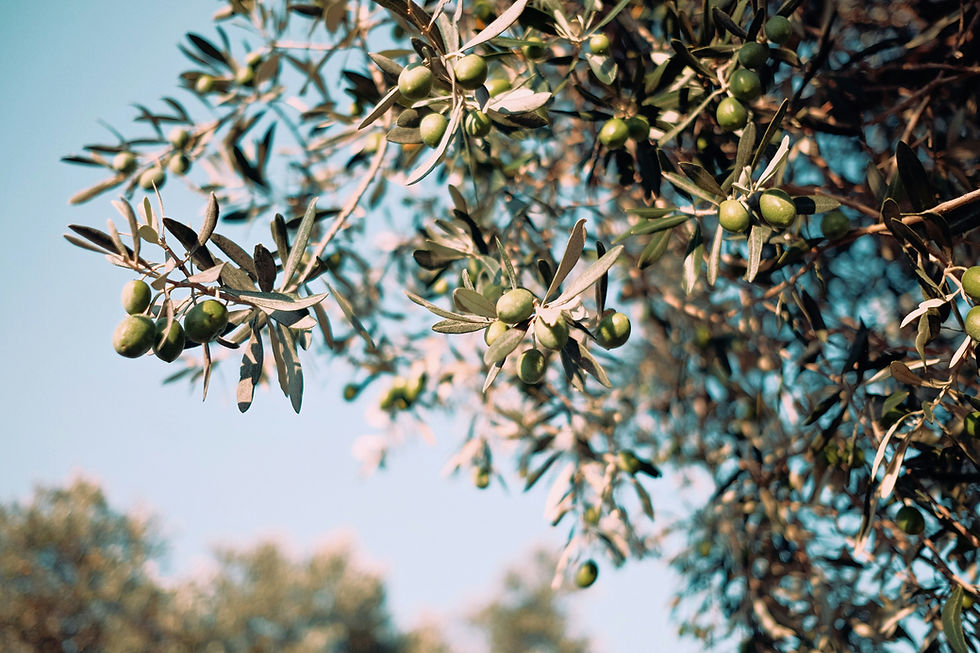How water influences the earth's climate
- Wende Brand

- Mar 27, 2024
- 2 min read
We used to believe that CO2 and methane emissions from traditional agriculture, industries, cars, and planes were the sole drivers of climate change. However, the reality of our changing climate—manifested in prolonged droughts, increased floodings, and rising global temperatures—is far more intricate.

Deforestation diminishes the Earth's capacity to absorb CO2, while disrupted water cycles exacerbate existing problems. In this context, I'm reminded of Geoff Lawton's words: "Though the problems of the world are increasingly complex, the solutions remain embarrassingly simple." Practices such as restoration agriculture, reforestation, and nurturing healthy soil enable better water absorption, serving as a buffer against future dry spells. The verdant foliage of trees, shrubs, and plants, along with blanket coverage of greenery, not only cools local climates but also mitigates evaporation. Yet, the issue runs deeper.
In the dry Alentejo region of Portugal, locals lament plummeting groundwater levels. Mineral-rich topsoil, eroded by heavy plowing during rainfall, is lost to the sea. Once-reliable wells and springs, sources of year-round water, now run dry. Concurrently, the region experiences escalating temperatures. Water scarcity, in an area once celebrated for its lush greens, abundant springs, and rivers, now jeopardizes food production.
Industrialized agriculture and mismanaged water cycles have desiccated the land, depleting resources amassed over centuries. The prolonged drought of the last seven years has laid bare the consequences. For instance, one in every three cork oaks perishes annually due to intensive harvesting and water scarcity. Portugal, the world's leading cork producer, exhausts its own resources, while remaining reserves are exploited by multinational fruit producers, exporting water-rich fruits worldwide for substantial profit.

Above are some examples of the 'increasingly complex problems' we have to deal with when it comes to climate change. But what are the 'embarrassingly simple solutions'? These solutions, though simple, hold immense promise. Planting trees, covering bare soils, constructing swales, and retaining rainwater on land are fundamental actions. Over time, these measures can rejuvenate dried-up springs and rivers, while groundwater levels gradually recover. Such efforts benefit not only Mother Earth but also all her inhabitants, including us, providing clean, nourishing water from revitalized springs and fertile soil yielding healthy food. Additionally, tree shade offers respite on scorching days, fostering a cooler microclimate conducive to increased rainfall.




Comments